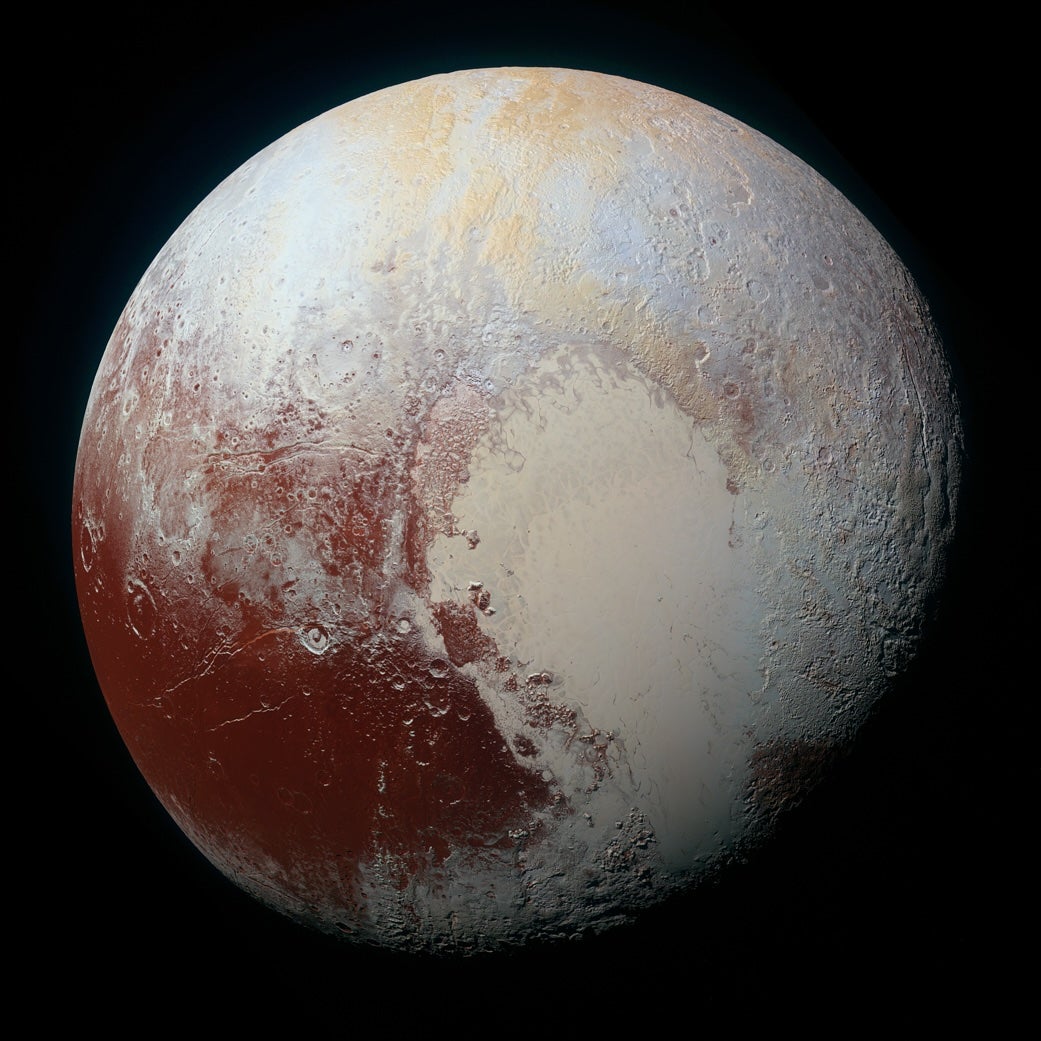Could a passing star be on a collision course with our solar system and, eventually, Earth?
It’s difficult to know if such an outcome is likely. Recently, researchers have found the Milky Way likely won’t crash into its neighboring galaxy any time soon. Our blue marble is already slated to be eaten by our sun in several billion years, after it turns into a red giant and expands.
But researchers said in a recent study published in the journal Icarus that thousands of computer simulations indicate there’s a chance a passing field star – a star that appears in the same region of the sky as another object being studied – could cause more havoc than previously believed.
“Our simulations indicate that isolated models of the solar system can underestimate the degree of our giant planets' future secular orbital changes by over an order of magnitude. In addition, our planets and Pluto are significantly less stable than previously thought,” Nathan Kaib and Sean Raymond, a pair of astronomers, wrote in May. Kaib is from Iowa’s Planetary Science Institute and Raymond is from France’s University of Bourdeaux.
The study’s authors say passing stars are the most probable trigger for instability during the course of the next four billion years.
The gravitational tug could cause instability to completely stable objects, including Pluto: formerly the ninth planet of our solar system. Over the course of five billion years, stars could transform Pluto from a completely stable object to one with a chaotic set of gravitational interactions that sets it off its orbit. While the odds of those changes occurring in that time frame from Pluto are approximately five percent, they are exponentially greater for Mercury.
The risk of instability for the solar system’s first planet would increase by between around 50 and 80 percent.
“We also find an approximately 0.3 percent chance that Mars will be lost through collision or ejection and an approximately 0.2 percent probability that Earth will be involved in a planetary collision or ejected,” they wrote.
Kaib previously published work that suggested Earth's orbit was altered by a passing star three million years ago.
“We looked at the typical, run-of-the-mill flybys,” Raymond told New Scientist. “These are the stars that really do pass by the sun all the time, cosmically speaking.”

Still, these simulations aside, Kaib told Science News that “none of these things are probable.”
Although, the outlet notes, a 0.2 percent chance of collision with the Earth is much greater than previous research has found.
“It’s a little scary how vulnerable we may be to planetary chaos,” Renu Malhotra, a planetary scientist at the University of Arizona who was not involved with the study, told Science News.
The Milky Way was on a collision course with a neighboring galaxy. Not anymore
NASA’s autopsy of planet swallowed by a star gives astronomers a surprise
Astronomers capture most detailed image of a galaxy of its kind ever seen
Astronomer reveals the exact minute of this year’s summer solstice
Scientists use satellites to mimic a total solar eclipse in space
Solar Orbiter offers first glimpse of the Sun’s poles in breakthrough mission







